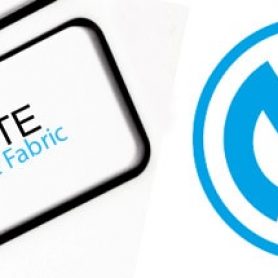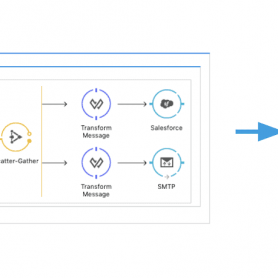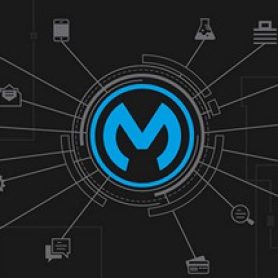Don’t Wait – Why You Should Migrate from Mule 3 to Mule 4 Now
Tim Berners-Lee, father of the world wide web, stated that a web year was about three months long. He referred to the rapid pace
Nine’s journey migrating from Mule 3 to Mule 4
Nine is Australia's largest locally owned media company — covering television, digital publishing, and content production. Recently, Nine migrated from Mule 3 to Mule
Migrating on-premises standalone runtime apps to Runtime Fabric
Standalone Mule runtime engine allows customers to deploy applications in their server, located in the cloud or data center. All application data remains within
Mule 4 migration made easy with Mule Migration Assistant
In May 2020, we announced the general availability of Mule 4.3, Studio 7.5, and MUnit 2.5. This release concluded a long internal journey with
When is it time to upgrade to Mule 4?
Picture this: you’re buying a new car. Should you upgrade your vehicle to get better features? Usually, you’re buying a vehicle to drive it
Migrating on-premises MuleSoft applications to CloudHub
Is your organization undergoing a digital transformation? Is your IT department under pressure to move all the applications and infrastructure to the cloud? An
MuleSoft’s online migration on DynamoDB
Database schema migration is often an intimidating concept for many software engineers. In an ideal world, developers start with the perfect database schema that
Sustainable API migration with the S*T*A*R pattern
A key element of any healthy API program is the ability to upgrade and migrate existing services in your ecosystem without causing fatal service
Intro to Data Integration Patterns – Migration
Hi all, in this post I wanted to introduce you to how we are thinking about integration patterns at MuleSoft. Patterns are the most
Migrating your Mule ESB 2.2.x Transport to 3.1.1
A few days ago I decided to do the exercise of migrating an existing transport (JPA) to be compliant with Mule 3.1.1, and after





















